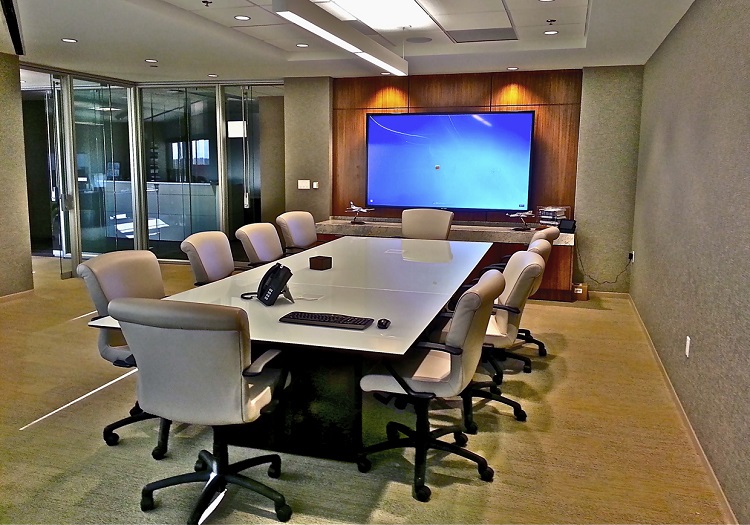Maximizing Safety and Monitoring Efficacy Through Tactical Security Camera Positioning in Retail Settings
Maximizing Safety and Monitoring Efficacy Through Tactical Security Camera Positioning in Retail Settings
Blog Article
Within today’s shopping settings, security is a top priority for store proprietors and supervisors. One efficient way to enhance security and monitoring is through the tactical installation of surveillance cameras. These cameras not just assist deter theft and criminal acts but also offer valuable evidence in instances of occurrences. By understanding the best locations for camera placement, store owners can maximize their effectiveness and foster a more secure shopping environment for shoppers and employees alike.
The first action in successful surveillance camera placement is to locate vulnerable areas within the store. These locations typically include entry points and exit points, cash registers, and aisles where expensive items are displayed. By installing surveillance devices in such areas, retailers can monitor shopper actions and detect suspicious conduct. Additionally, surveillance systems at entrances can capture footage of people coming into and exiting the store, which is essential for recognizing potential shoplifters. This preventive strategy aids in reducing theft and guaranteeing a safe atmosphere.
Another key factor is the type of camera used in the retail environment. Various types of cameras serve different functions. For instance, dome-shaped cameras are commonly used for indoor surveillance because they are less noticeable and can monitor a broad security camera installation for retail area. Conversely, bullet surveillance cameras are best for outdoor use, as they are more conspicuous and can discourage criminal behavior. Store owners should assess their particular needs and select the suitable surveillance device models to ensure complete monitoring of the retail space.
In addition to camera models, the angle and elevation at which cameras are installed play a crucial role in their effectiveness. Cameras should be set at a level that allows for clear visibility of faces and actions without being readily manipulated with. A typical recommendation is to install cameras at least 8 to 10 ft off the floor. Additionally, cameras should be tilted to monitor as wide space as possible while avoiding blind spots. This tactical installation guarantees that all areas of the store are monitored, providing a full perspective of shopper interactions and potential safety risks.
Ultimately, it is essential for retailers to regularly assess and service their surveillance systems. This entails inspecting surveillance device functionality, ensuring that footage are high-quality, and updating software as required. Routine maintenance helps to avoid mechanical problems that could compromise security. Additionally, store owners should review recordings regularly to identify patterns in customer behavior and possible safety risks. By staying vigilant and mindful to their surveillance systems, store owners can establish a safer retail atmosphere and protect their resources effectively.